Dive into the world of Wabi Sabi interiors where imperfection is celebrated and simplicity reigns supreme. In this article, we explore how the Wabi Sabi philosophy transforms living spaces into serene sanctuaries, inviting you to embrace the beauty of natural materials, muted colors, and minimalist design. Get inspired to create spaces that reflect the elegance found in simplicity and the allure of imperfection.




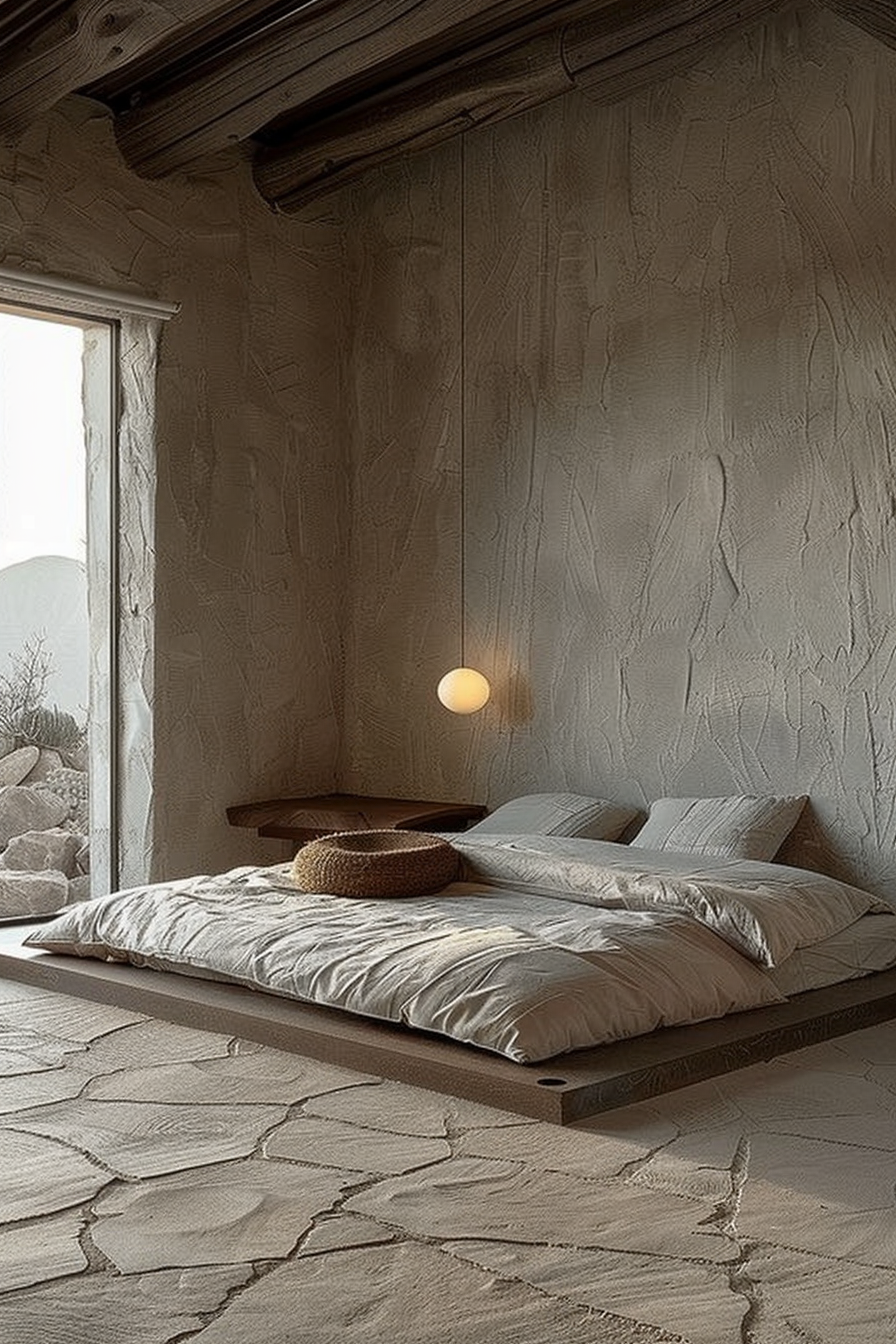


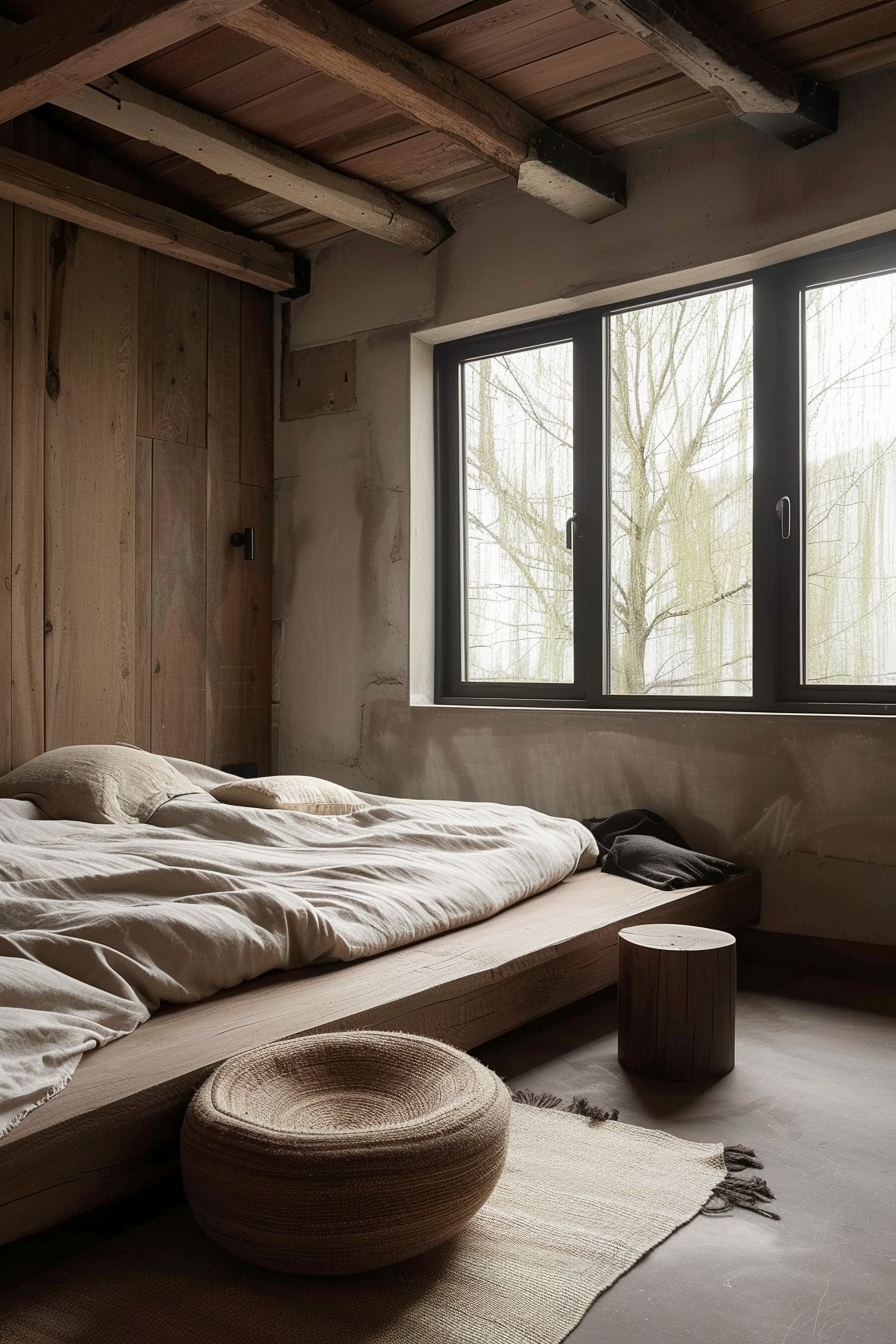






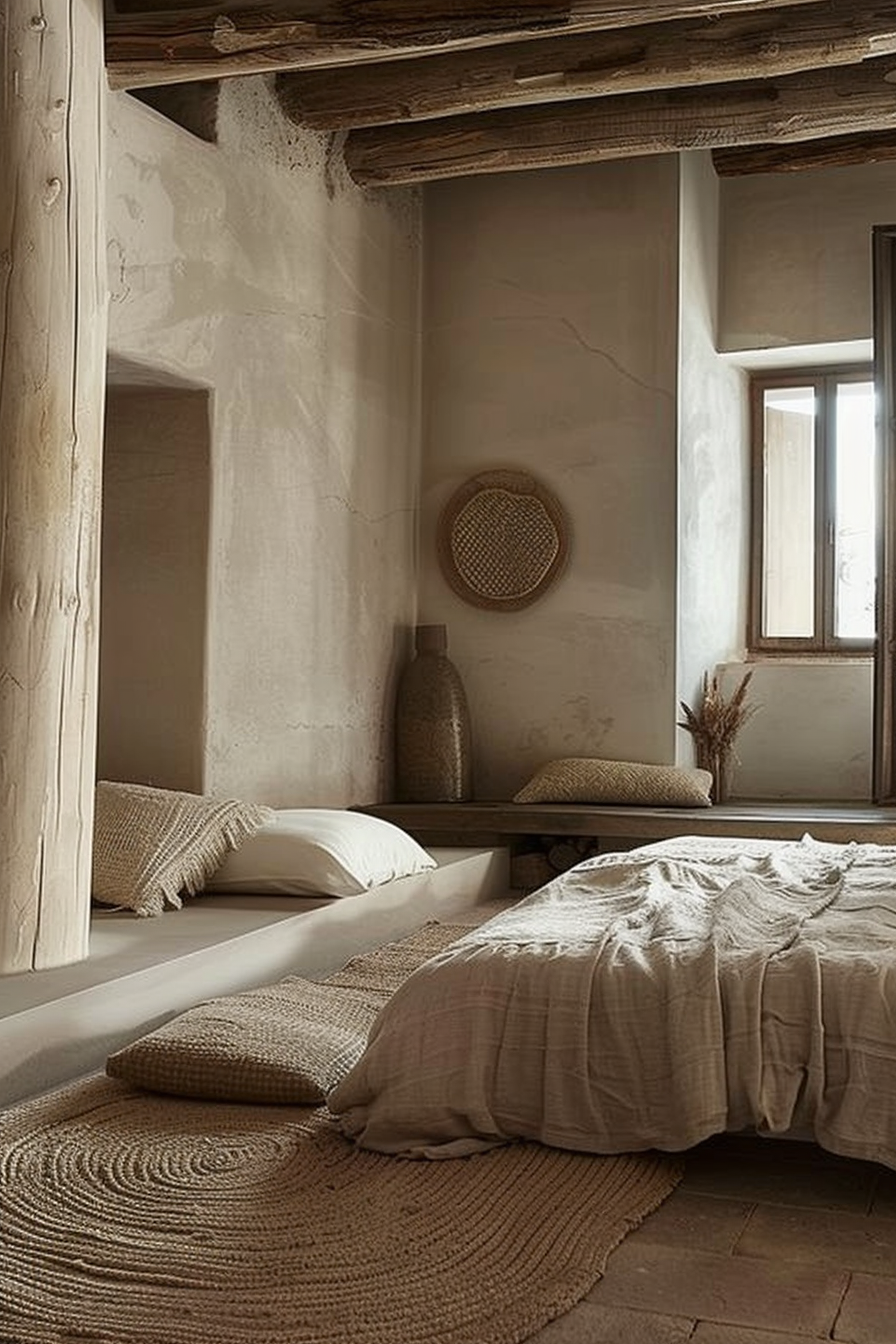



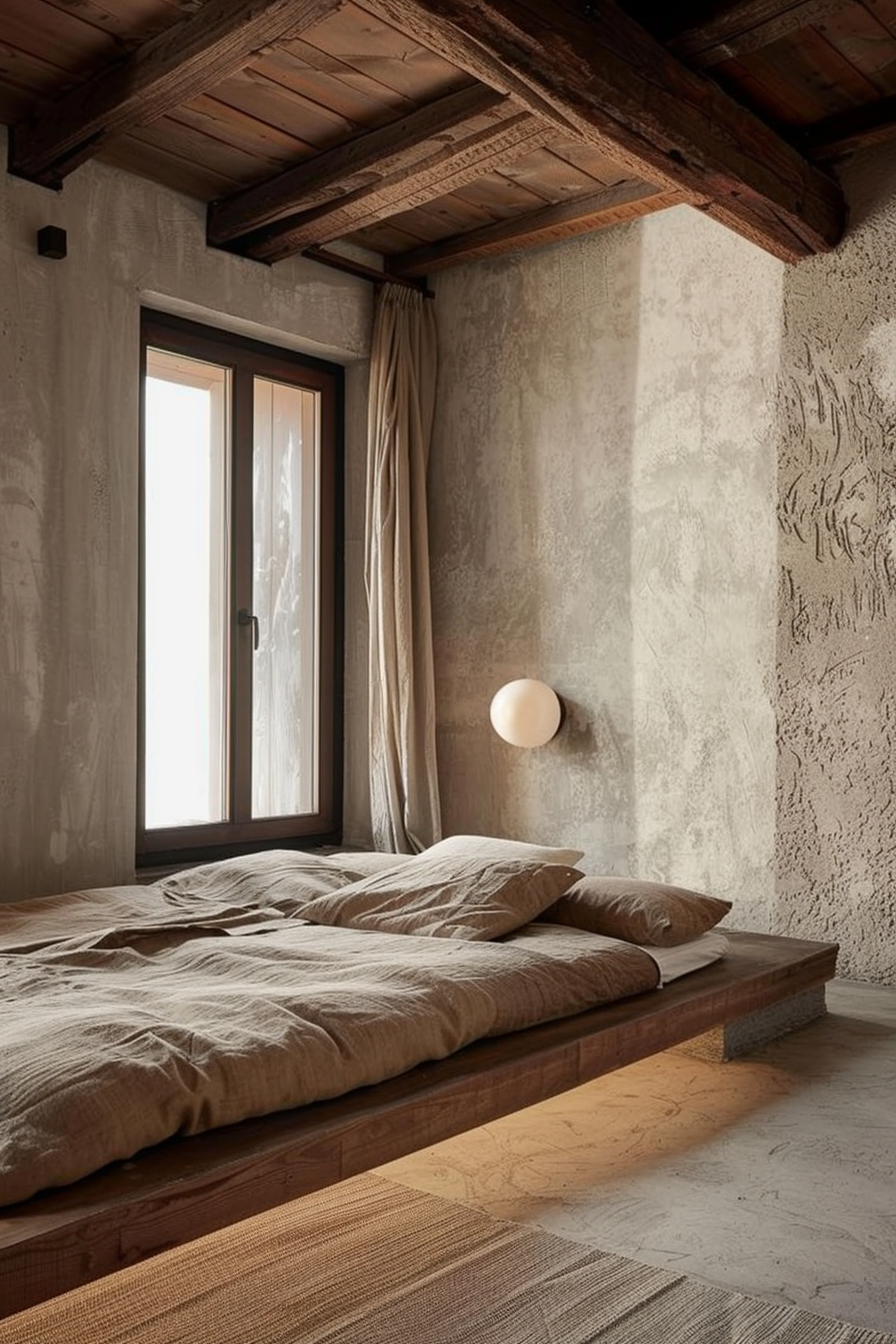








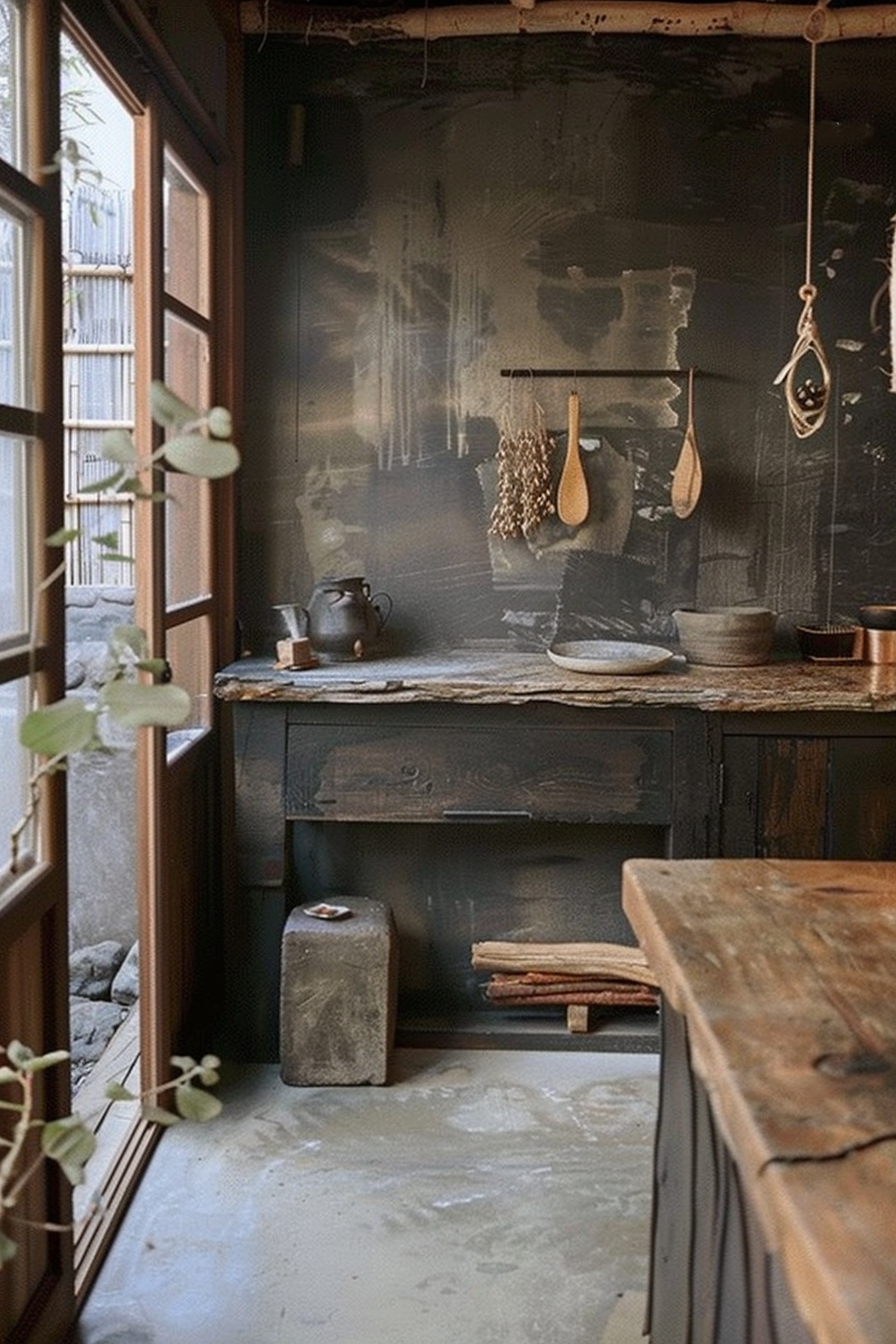










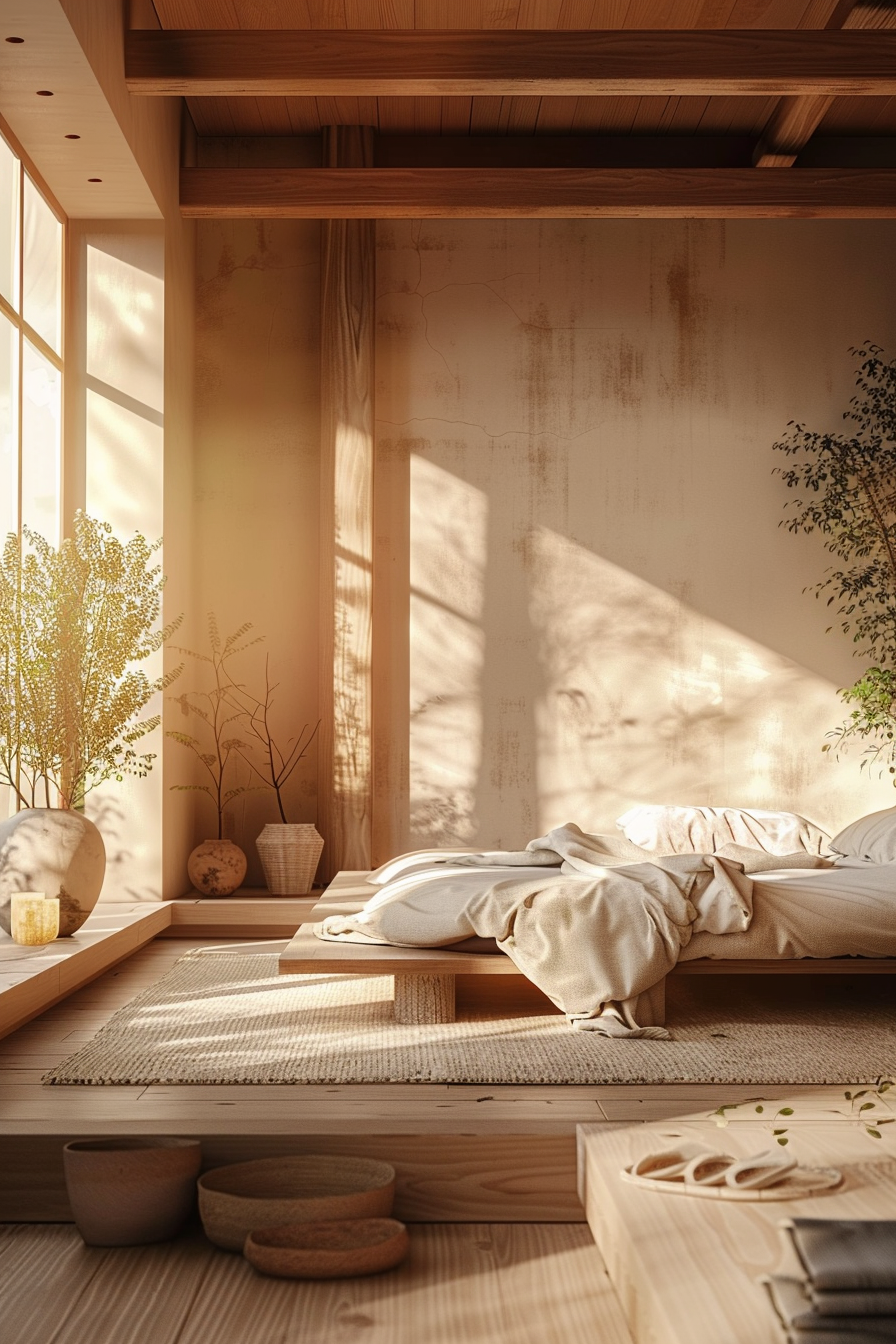























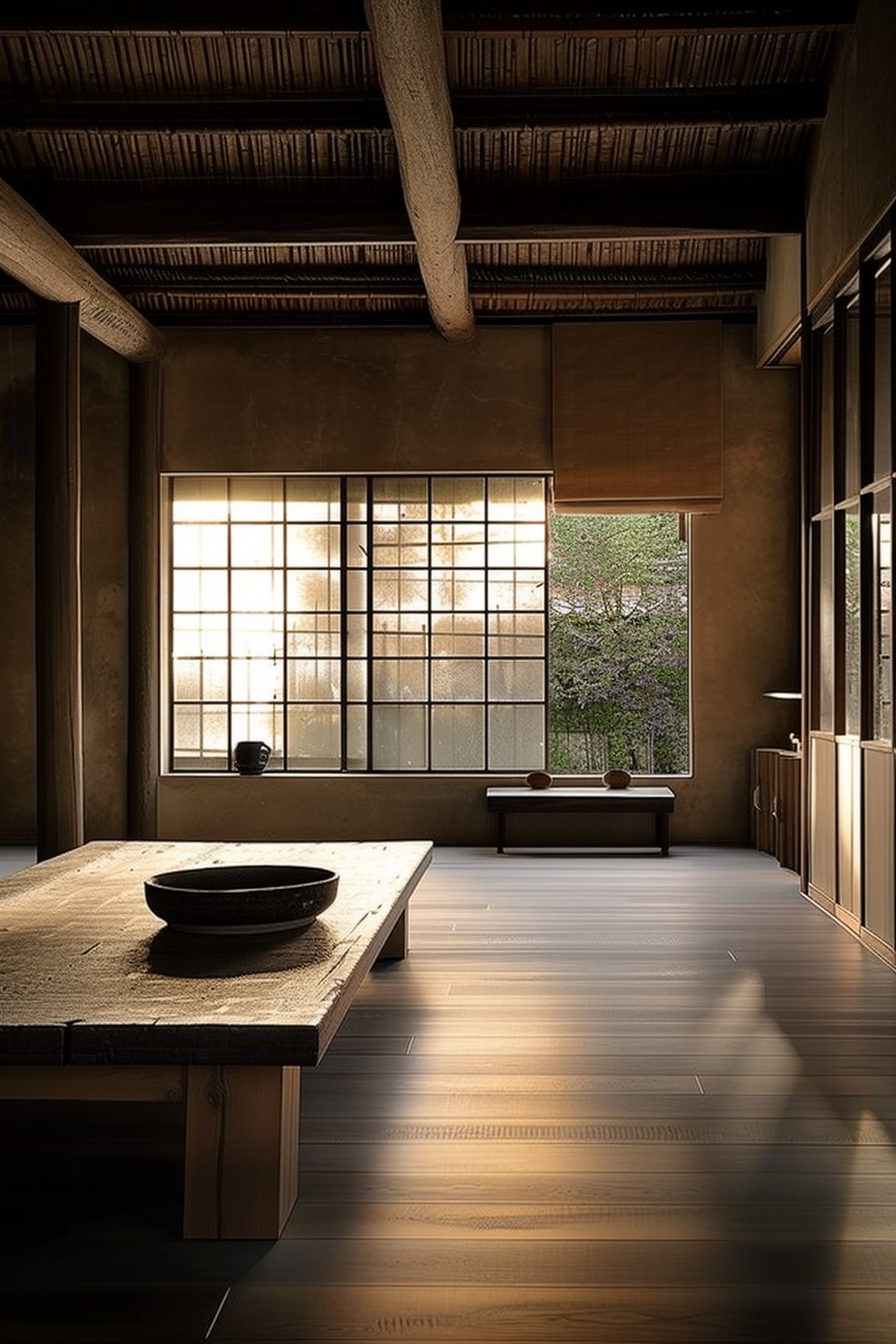











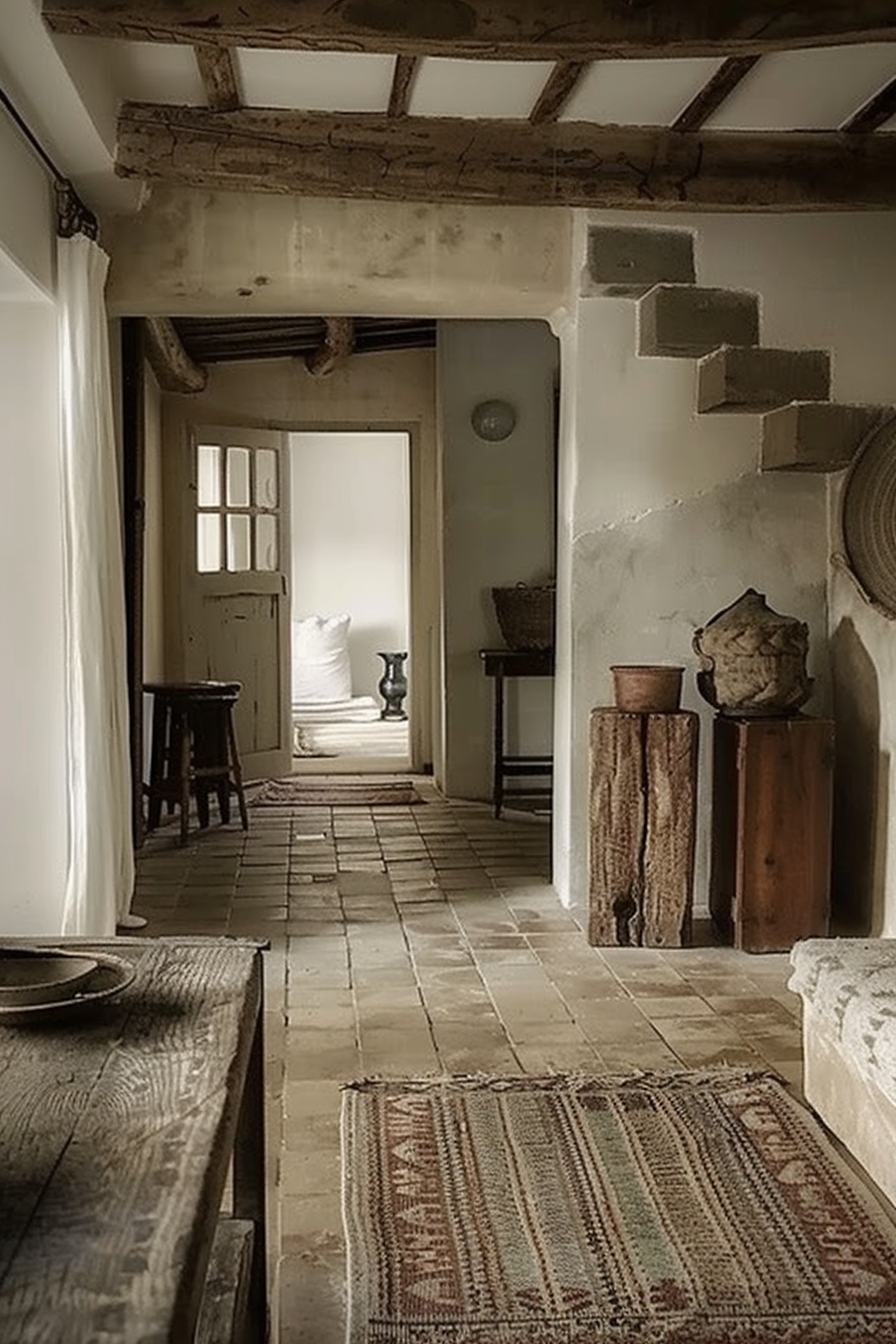



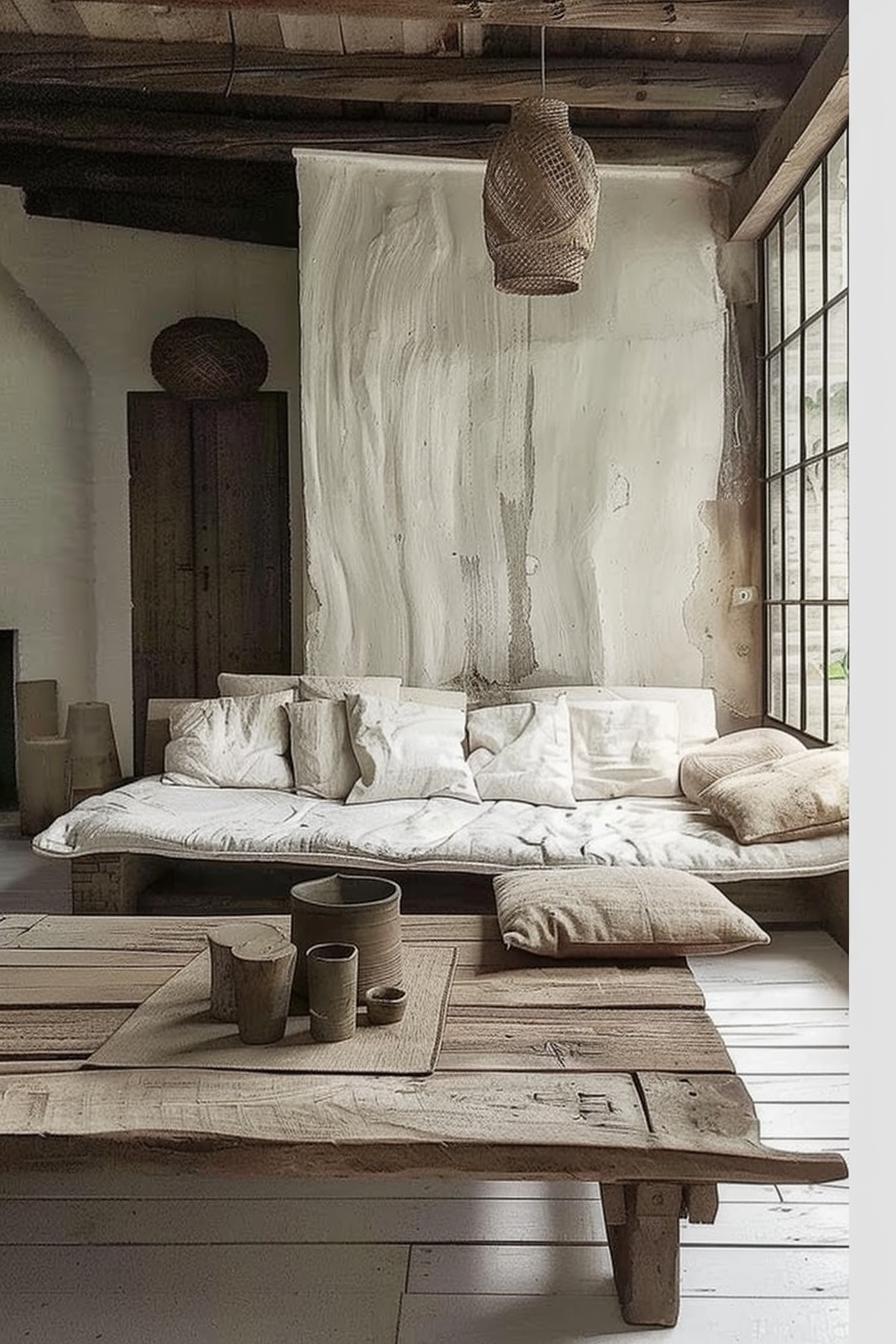

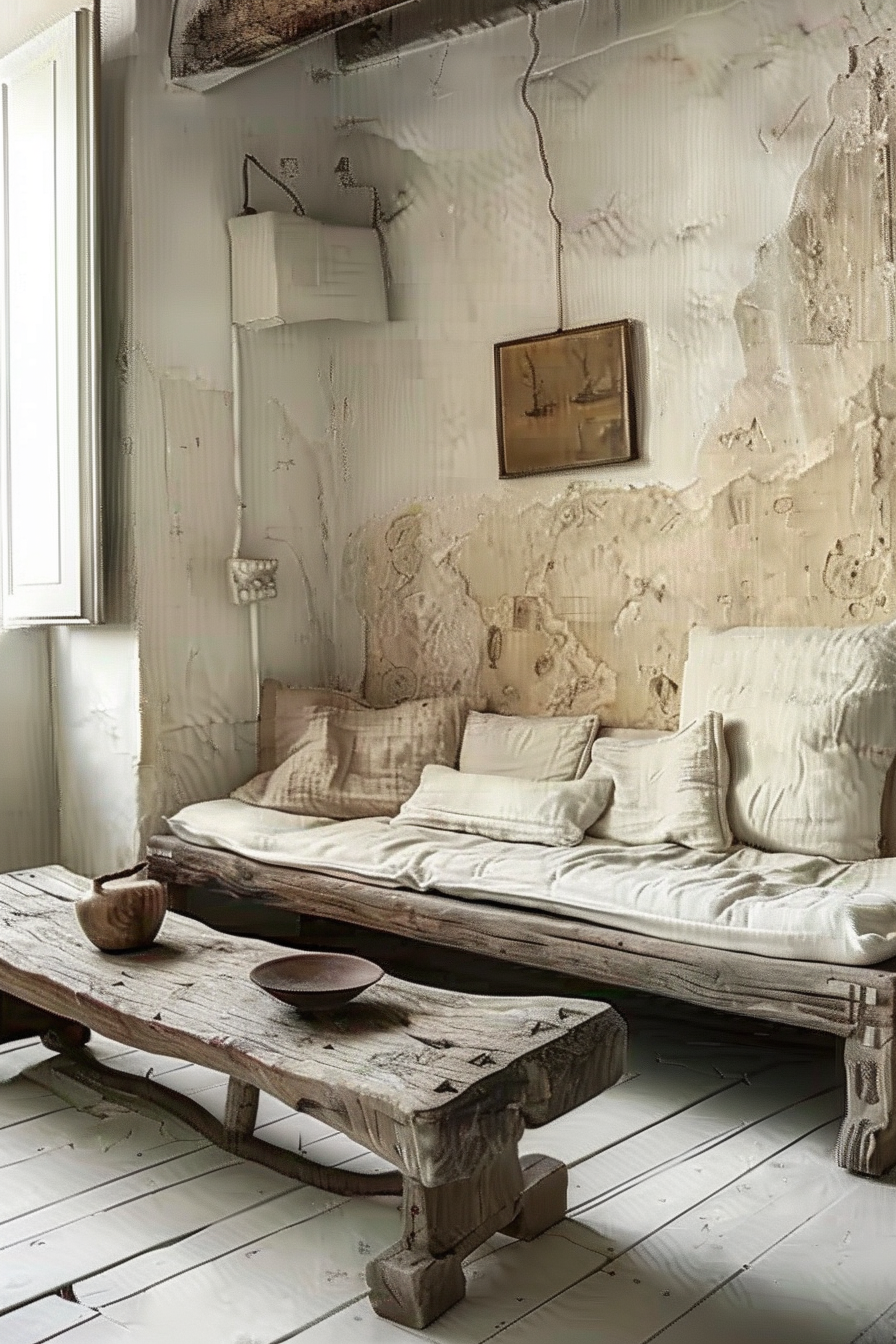



















Follow Quiet Minimal on Pinterest for more home design tips and inspiration.


